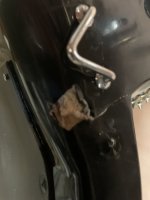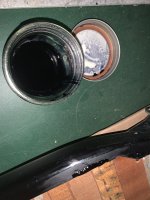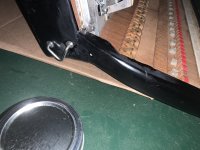I’m curious if anyone has ever done a celluloid repair using acetone and celluloid?
I have an accordion that is an “ok” box but has sone awesome professional binci reeds. They are pristine and sound great. The accordion was an organ/cordovox like instrument.
Sadly the accordion was carried in its case upside down and the body where the keyboard attaches to it cracked. I clamped and used titebond to reconnect it. Then I made a couple metal brackets to reinforce it that a screwed and gorilla glued in place on the sides.(under the keyboard) It seems very strong.
Now I would like to fix the celluloid. I have sone older celluloid from older accordions that I was planning on harvesting pieces from. Do I soak them in acetone and then just place where I need it? Afterwards I understand I’ll need sand snd go through fiber grits of finishing snd then polishing.
Thanks for any advice
I have an accordion that is an “ok” box but has sone awesome professional binci reeds. They are pristine and sound great. The accordion was an organ/cordovox like instrument.
Sadly the accordion was carried in its case upside down and the body where the keyboard attaches to it cracked. I clamped and used titebond to reconnect it. Then I made a couple metal brackets to reinforce it that a screwed and gorilla glued in place on the sides.(under the keyboard) It seems very strong.
Now I would like to fix the celluloid. I have sone older celluloid from older accordions that I was planning on harvesting pieces from. Do I soak them in acetone and then just place where I need it? Afterwards I understand I’ll need sand snd go through fiber grits of finishing snd then polishing.
Thanks for any advice



